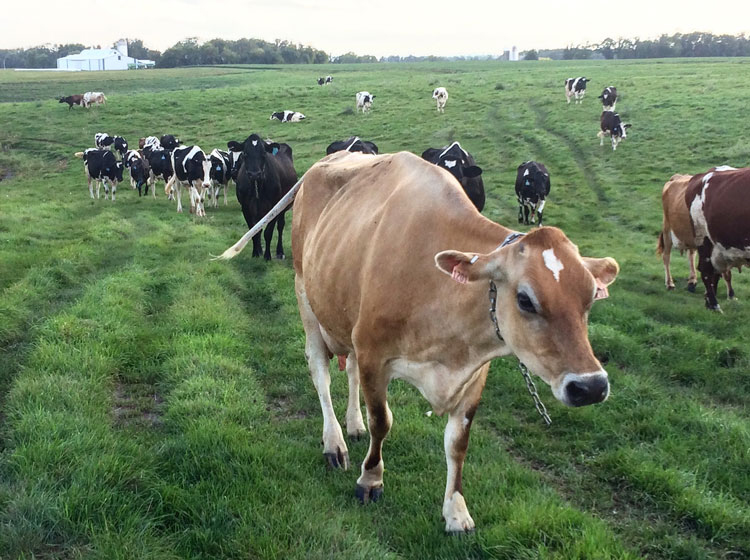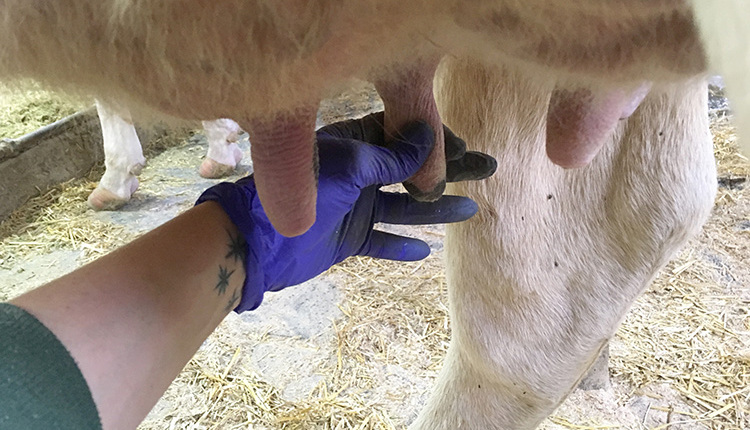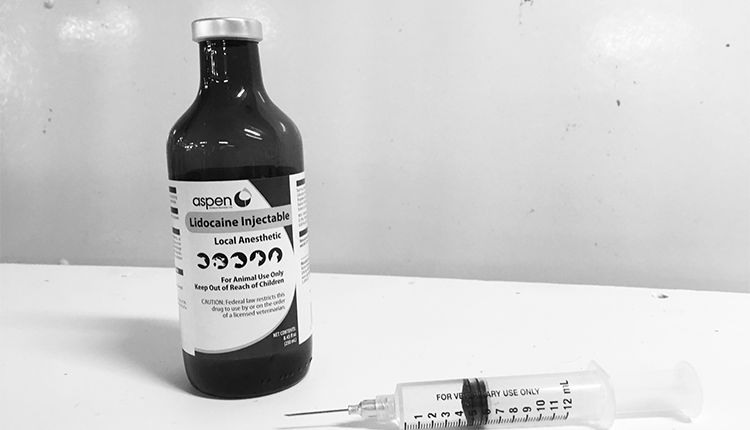
Two recent experiences with rules and regulations made me realize how much government guidelines need to adapt to changing farming practices.
Crop insurance and cover crops
We own 20 acres of land, so we rent nearly all of our cropland and pasture. When we started dairy farming, we had nearly 200 acres of tillable land. Three years ago we were outbid by a neighbor and lost 140 acres of that cropland. To say the least, we had to change our game plan in order to keep feeding our cows.
Several of those changes have proven very beneficial . . . especially cover crops. For the past two years, our cover crops have provided extra forage. This year, we opted not to harvest the cover crop before no-tilling our corn, but we’ll still reap the traditional cover crop benefits: moisture retention, weed suppression, reduced erosion, and improved soil structure.
With limited acreage, we continue to research new ways to maximize our per-acre production while also improving soil health. This year we evaluated interplanting a cover crop with our corn. But because of crop insurance regulations regarding interplanted cover crops, we decided it was too risky because those regulations could make our main crop uninsurable. So instead of interplanting all of our corn acres, we’ll just interplant a 5-acre plot.
We are super excited to try interplanting and seriously disappointed that crop insurance doesn’t treat interplanting as favorably as monoculture row crops.
Feedlot permits and grazing
When we bought our farm and first registered our feedlot, our farming system included two acres of pasture. Today, our milking cows graze a 60-acre pasture. Plus, our dry cows, bred heifers, and three groups of younger heifers all go to remote pastures during the grazing season. Essentially, our farmstead looks like a ghost town during the summer with all animals out grazing.
Our feedlot registration was up for renewal this year, so we filled out the paperwork and returned it to our environmental services office. Because we’re milking more cows now and have more young stock than we did 10 years ago, we got a letter back stating that our animal units now exceed our registration allowance.
We were given two options: depopulate our herd until our animal units were within the permitted range or pay several hundred dollars for a permit to update our registration.
We tried to explain that since we graze, we are actually far below our permitted number for most of the year. That didn’t matter. Feedlot rules apply to the maximum number of animals on any given day. There are no provisions for farms that graze.
Talk about frustrating.
To be clear, I’m not opposed to rules and regulations. However, all farms are not alike . . . you cannot fit round pegs into the square holes dictated by rules and regulations.
Successful farming requires creativity and adaptation. Creativity and adaptation result in farms that aren’t always square. Farmers need rules and regulations to adapt with us, especially as they relate to beneficial practices like cover crops and grazing.
The author is a dairy farmer and writer from central Minnesota. She farms with her husband, Glen, and their three children. Sadie grew up on a dairy farm in northern Minnesota and graduated from the University of Minnesota with a degree in agricultural communications and marketing. She also blogs at Dairy Good Life.








